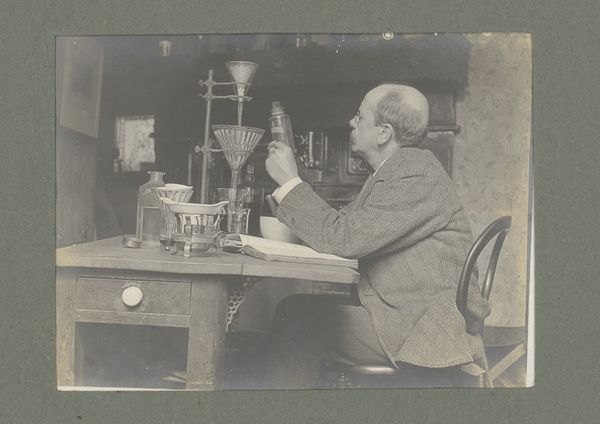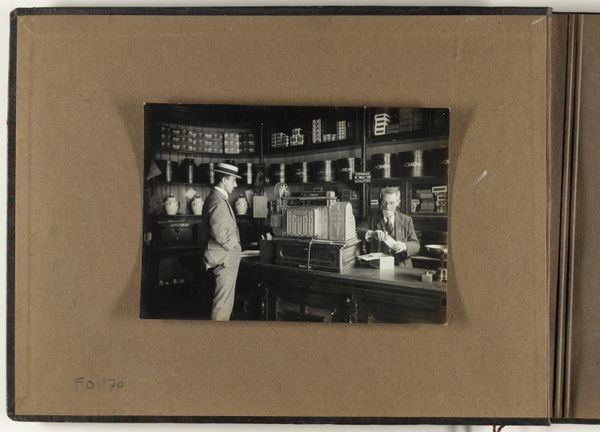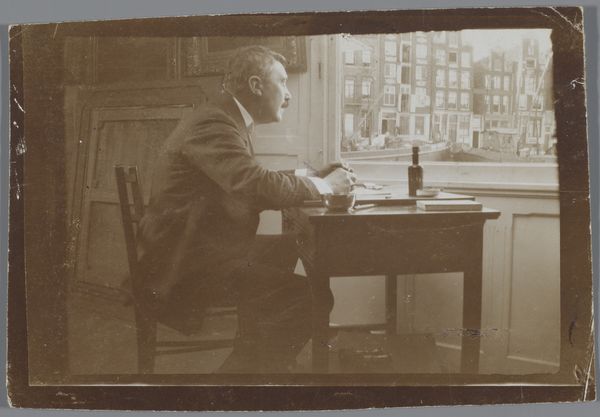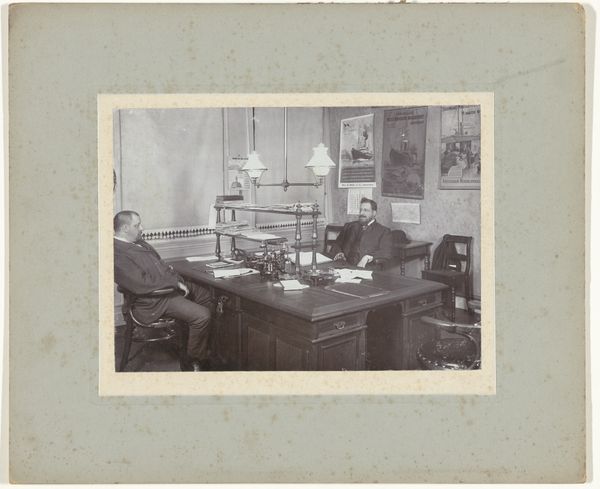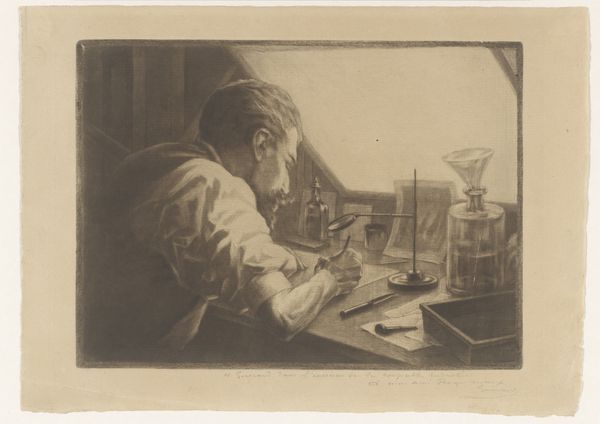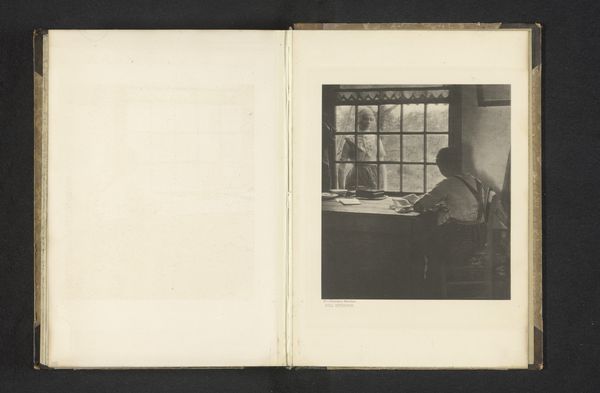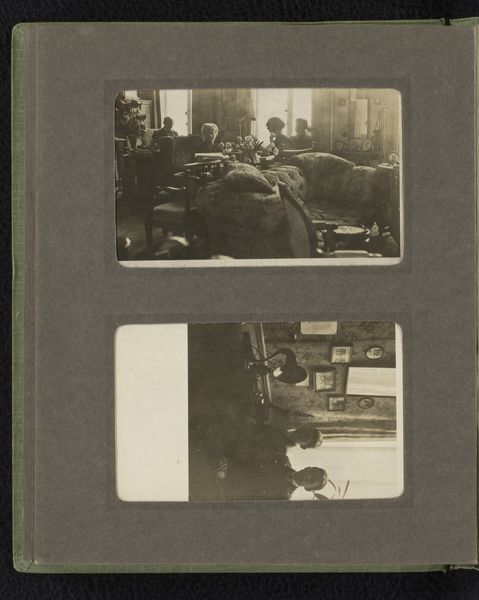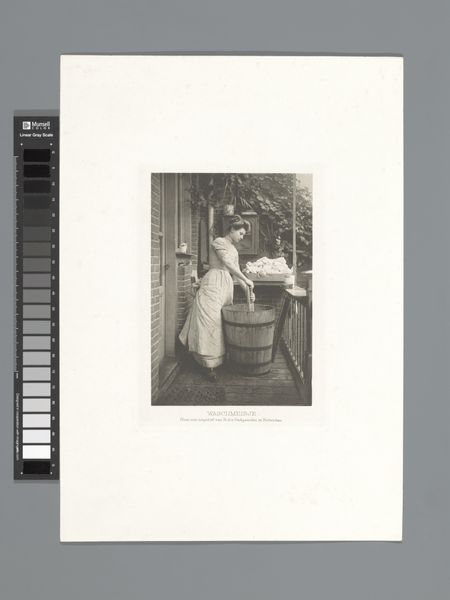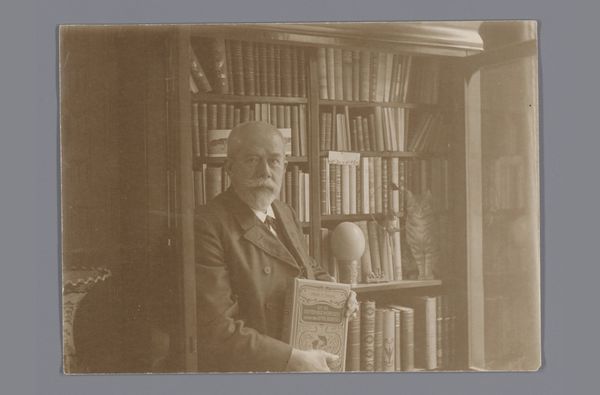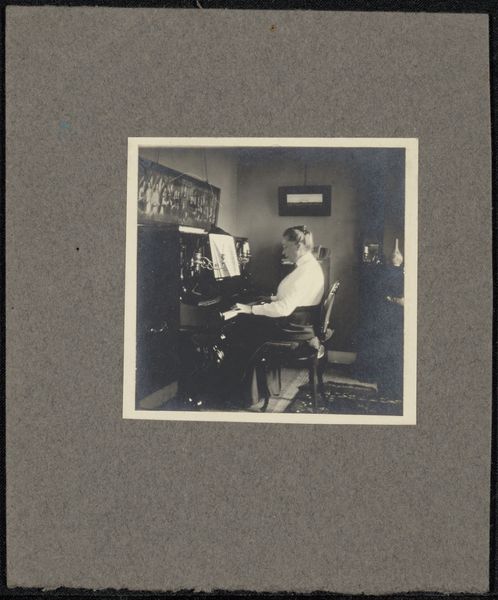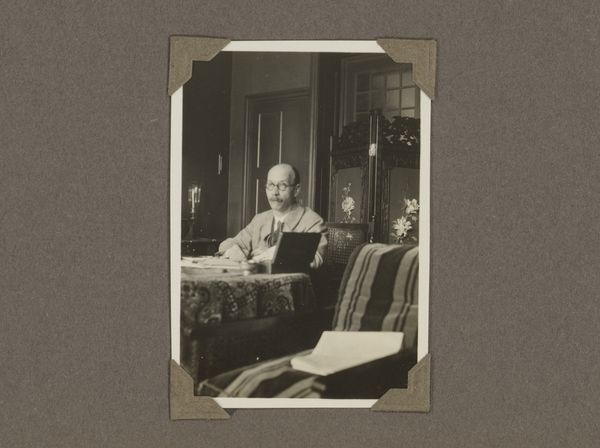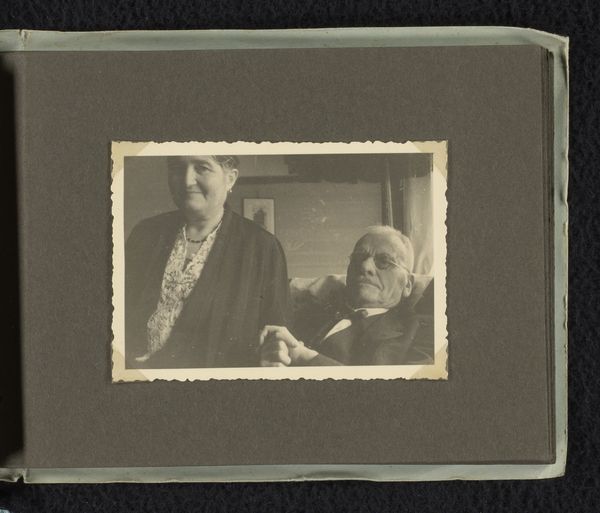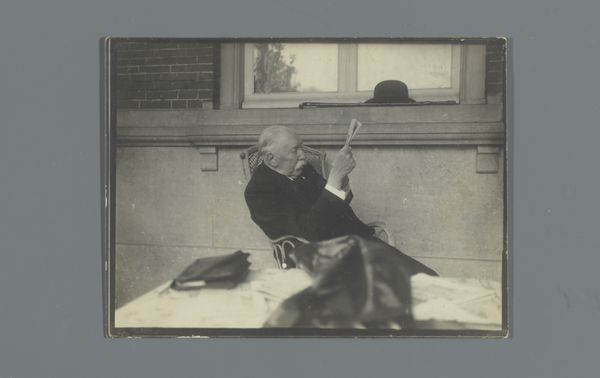
photography, gelatin-silver-print
#
portrait
#
photography
#
gelatin-silver-print
#
modernism
#
realism
Dimensions: height 99 mm, width 73 mm
Copyright: Rijks Museum: Open Domain
Editor: Here we have “Man werkt met vloeistoffen in trechters,” a gelatin-silver print dating from between 1900 and 1920, credited to G. Hidderley. It has such a studied, almost academic air about it, with the subject so focused on his task. How do you interpret this work? Curator: It’s fascinating to consider this image in the context of its time. The early 20th century witnessed significant shifts in the understanding of scientific labor. Think about how photography itself was becoming increasingly integrated into scientific practices for documentation and analysis. Could this portrait, while seemingly straightforward, actually be commenting on the changing role of scientific work in society? Editor: That’s an interesting angle. It does seem posed, almost like a staged scene rather than a candid moment. Curator: Exactly! And that staging tells us something. The photograph serves not just as a record, but as a constructed representation of scientific endeavor. Do you think the artist intentionally aimed to portray this man as a symbol of progress, or something else entirely? Editor: Hmm, a symbol of progress... possibly. Or perhaps it's about portraying a very specific image of meticulous, careful work. Is it pushing a certain social perception? Curator: Precisely! The controlled environment of the lab, the focused scientist, even the detailed documentation—it all contributes to a specific narrative of scientific authority and its place within society. The rise of modernism influenced even portraiture to adopt functional purposes. Editor: I see. So, it’s not just about the individual, but also about how society viewed and valued scientific work at that moment. Thank you, I definitely have a richer appreciation for this piece. Curator: Likewise. It reminds us to look beyond the surface of any artwork, questioning what it reflects about the culture that produced it.
Comments
No comments
Be the first to comment and join the conversation on the ultimate creative platform.
